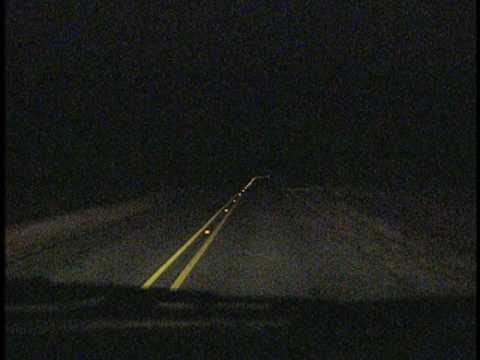By Rhonda Campbell
Daylight savings time (DSL) started in 1908. It was first used in Canada. In the United States, DSL starts at 2am on a Sunday.
Never mind that daylight savings time was started to save energy. Adjusting to the one hour time shift is not as easy as it seems. And rolling out of bed late, forcing yourself to have to skip breakfast to make it to work on time, is just one of the drawbacks that people experience due to daylight savings time.
Daylight Savings Time As An Idea
Scientists like Benjamin Franklin and George Hudson were proponents of pushing clocks forward an hour when temperatures rise, then back an hour when temperatures cool. Benjamin Franklin is credited with coming up with the idea in 1784. However, studies have shown that springing clocks forward in March then back in November, doesn’t save much energy. Scientific Journal reports that, “But recent studies have cast doubt on the energy argument—some research has even found that it ultimately leads to greater power use.”
The thing is that while daylight savings time may reduce the numbers of hours that people use human-made lighting to light their residences, higher temperatures increase demand on cooling systems. People living in areas like “Hotlanta” get it.
Countries That Recognize Daylight Savings Time
More than 70 countries observe daylight savings time. Check out this chart to see when different countries observe the “energy saving” event.
European countries started using daylights savings time during World War I. America started using daylight savings time in 1918. It wasn’t without difficulties. A year later, the United States abandoned the use of DSL.
Daylight Savings Time As Law
The second world war brought the United States back into the game. Yet, DSL hadn’t come under federal law yet. That didn’t happen until 1966 with the passing of the Uniform Time Act, according to Snopes. DSL was extended August 8, 2005 when President George W. Bush signed the Energy Policy Act into law.
Time Change Cons

Drawbacks to daylight savings time include people heading out to work and children heading to school in the dark. According to The Week, 100 people would not perish in auto accidents due to darker commutes.
Tired Of Daylight Savings Time
Darkness also invites people with criminal mindsets to engage in illegal behavior. Less sleep has had a negative impact on memory, mood, insomnia, injuries and brain disorders like depression. As reported in The New York Times, depression symptoms generally rise during the fall, when countries set their clocks back an hour.
But, there are upsides too. In the spring, you can actually hang out (out-out, as in outdoors) after you get home from work. You can enjoy exercising outdoors more. And weekends can feel longer, a lot more fun.




Pingback: Daylights Savings Time Facts - Write Money Inco...